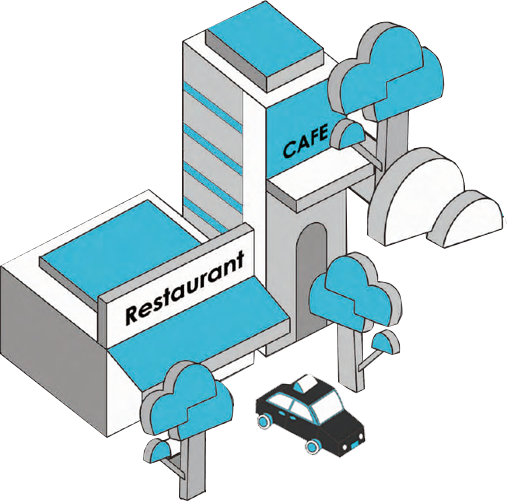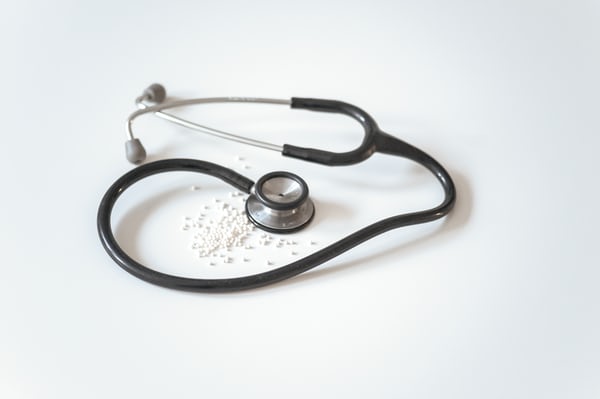Chinese hospitals are classified into three general levels from 1 -3. Level 3 hospitals provide the highest standard of care, while level 1 facilities meet the lowest standards. There are also three sub-levels from A-C, with A being the highest and C the lowest. The best hospitals in China are always classified as 3A, but there are also cases of hospitals with a classification of 3A+, meaning they provide some of the best medical treatment in the country.
Shenzhen has a wide array of medical institutions to meet any need. As of 2019, Shenzhen had 453 community health centers located across the city, and more are being added every year as the local government is promoting the use and trust of grassroots health centers for minor ailments in an effort to alleviate congestion at the major hospitals.
When you register at a hospital for the first time, you will be given a white booklet, in which the doctor will record your health history. Make sure to hold on to this book to avoid having to repeat certain tests. You may need to bring it back for further visits.
As a city on China' s cutting edge of technology as well as cultural opening up, Shenzhen has been selected to host pilot programs in many industries, including health care.






